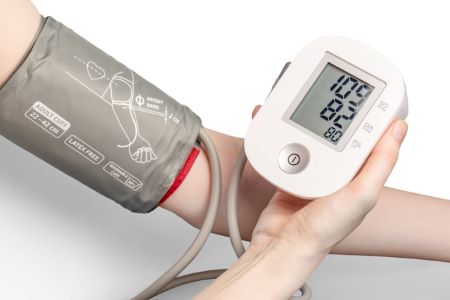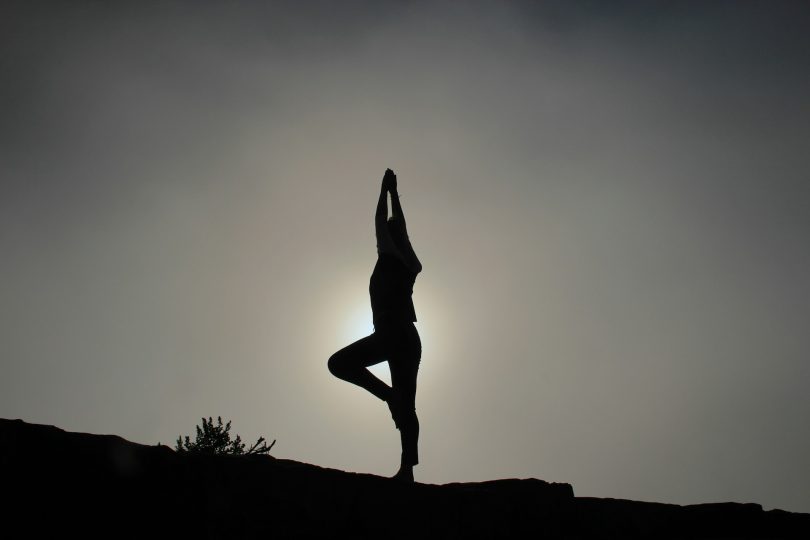…& Why Practice is Important
Keywords
blood pressure exercise, yoga for high blood pressure, high blood pressure exercise, best ab exercises, exercise reduces stress, exercise to lower blood pressure, hardening arteries, lower blood pressure naturally, yoga positions for beginner, pranayama, art of living yoga, high blood pressure cures, high blood pressure natural remedy, exercise and high blood pressure.
Fact Box
A normal range of blood pressure is 90/60 to 120/80 (where the first number is the ‘beat’ or systolic pressure number – when the heart beats – and the second is the ‘between beats’ or diastolic number – in between heartbeats). Hypertension is anything above this (the higher, the more critical, creating conditions for hardening arteries, arterial plaque formation, kidney failure and the risk of stroke or heart attack). (Hypotension – low blood pressure – is also a risk condition but unless there are symptoms, this condition is less dangerous)

NB: I’m not a medic and if you have high blood pressure, the first place you need to go is to see your doctor. If they agree that exercise might help – and they almost always will – then please use these exercises and see what they do for you. It’s always better to go to a live class than to use online information, but if you want to experiment to begin with, that’s OK, that’s what this is for. Get a taste of the benefits, and then go to a local class and practice, practice, practice!
Most of us are familiar with yoga as a practice that involves physical, breathing, and mental exercises—although it’s hard to see these as truly separable. Some of these exercises have been clinically proven to lower blood pressure naturally (see, for instance, this study). Given the enormous cost of treating diseases caused by high blood pressure—estimated to cost the NHS over £2 billion annually—why is this not headline news?
The answer lies in the fact that while simple, it isn’t easy.
This is no excuse for governments continuing to prioritise medical solutions to a societal problem, particularly when these solutions often inflate the profitability of drugs while lifestyle and stress-reduction activities remain underfunded or ignored.

Nevertheless, we can all do our bit to reduce our reliance on an overburdened system. This article will provide a brief overview of how yoga can help reduce blood pressure (also known as hypertension), followed by descriptions of poses that you can try at home—even if you don’t have high blood pressure.
How Yoga Reduces Blood Pressure
Yoga lowers blood pressure by reducing stress but does so, paradoxically, by also (temporarily) increasing ‘good’ stress. Through mild pressure on the body and breath, and by learning to observe thoughts—a form of discipline—the entire system becomes more resilient, better able to handle life’s ups and downs. Our stress responses often include behaviours like excessive alcohol or food consumption, distracting ourselves with shopping or gambling, or letting anger and anxiety overwhelm us. Developing the ability to self-regulate can therefore have a significant positive impact.
However, the effects are neither linear nor immediate. Yoga’s effectiveness depends largely on the student’s or patient’s openness to adhering to a regimen for weeks or months and on the willingness of the teacher to work compassionately and accessibly to ensure any programme is responsive to the individual’s needs. This contrasts with the ‘quick fix’ of medication, which offers immediate, blanket effects—even if those include side effects or fail to address the root cause of stress.
Yoga also increases self-awareness, creating a biofeedback loop.
By calmly focusing on your body, breath, and mental activities, these relax, lengthen, and strengthen, becoming more resilient. To see results, though, you must be patient, consistent, and disciplined—qualities that can be difficult to muster for those already under stress.
Of course, not all high blood pressure is the same. Some hypertension is largely genetic, and in those cases, medication may be the only option. However, even then, yoga exercises can help relax the arteries or the muscles around them, allowing the heart to beat more slowly and gently. There’s nothing to lose by giving it a try.
Practical Yoga Poses to Try
Making healthier choices about diet and leisure time (less red-faced screen time, more outdoor time) complements yoga. Yoga helps you take back control of your attitude to whatever is happening, turning you from a victim into a survivor, which is key to your resilience.
High blood pressure is a sign of an overworked heart, which can lead to further health complications. A negative self-image can contribute to stress, but this is something you can change. By being kinder and more accepting of yourself, you create a positive feedback loop that can help you become a more relaxed version of yourself.
If attending a yoga class isn’t feasible, you can still practise at home using these simple steps:
- Start with Self-Acceptance: Set aside five minutes a day to sit or lie down and practise accepting yourself just as you are—without blame or excuses. This includes your body, breath, and thoughts. Lying down is easier if you’re not used to sitting, but it does require a quiet space, which can be a challenge. Aim to practise as soon as you wake up. Although five minutes a day might seem too short to significantly affect your blood pressure, it’s a start, and every journey begins with small steps.
- Focus on Your Breath: Turn your attention to your breath and gently lengthen the exhalation. Add two minutes of this compassionate breathing exercise to the first step. Notice how you naturally relax on the exhalation and follow the flow of letting things go. As you exhale, allow tension in your face, shoulders, arms, legs, and other areas to drop away. Maintain good posture; collapsing will make breathing more difficult.
- Move Mindfully: If you can only spare a few minutes, choose one or two poses and practise them slowly for five minutes. Some asanas (poses) can be done while lying down. Be gentle but firm with yourself—you’re working to be the change you need.




